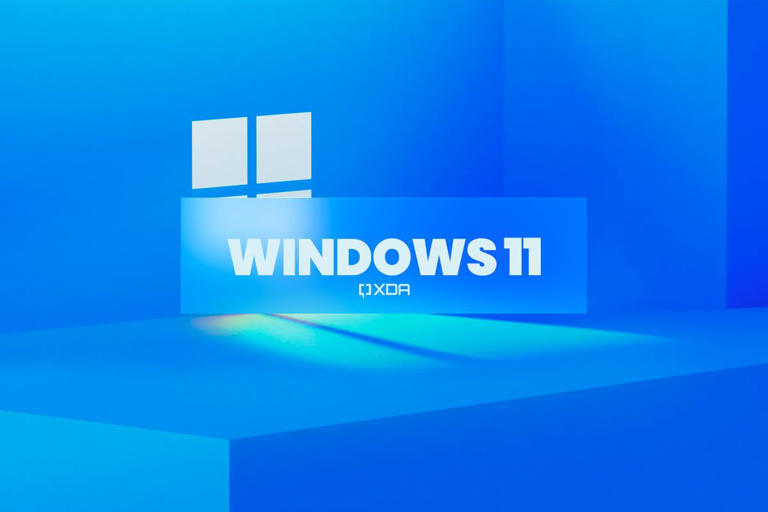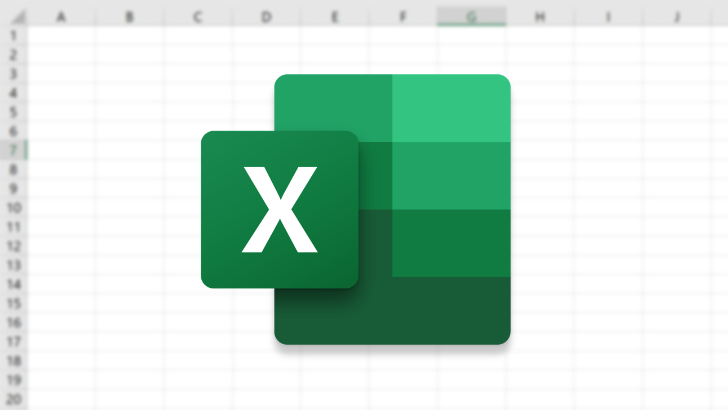If you have a Windows PC, then you’ve probably heard of AppData. It’s a folder that contains three subfolders: Local, LocalLow, and Roaming. Understanding the different types of AppData folders and their uses can be helpful for troubleshooting, managing storage space, and more. If you’ve ever wondered what these folders are for and why they’re so important, you’ve come to the right place. In this article, we’ll explain the difference between the three main types of AppData folders and what types of information are typically stored in each.
What is AppData?
The one that everyone knows
AppDataFeatureImage-Watermarked© Provided by XDA Developers
When you install a program on Windows, it will typically be installed in either C:\Program Files or, in the case of a 32-bit program, to C:\Program Files (x86). The application will be installed for all users on the machine and require administrator access to write to. Any application settings stored in this folder will also propagate for all users.
That’s where AppData comes in. It’s a hidden folder that resides under each user folder. It’s located in C:\Users\\AppData and contains program-specific information that may not relate to the program’s ability to run, such as user configurations. In your AppData folder, you will find files like:
- User-specific installations
- App configuration files
- Cached files
If you’ve ever installed a program that asked you whether you wanted to install it for all users or not, it was basically asking you if you wanted to install it into Program Files or AppData. Python is one such program that does this. Additionally, there are three subfolders in AppData, and their differences are important to note.
What is Local?
The Local folder is for storing files that can’t move from your user profile and also often contains files that may be too large to synchronize with a server. For example, it might house some files that are needed for a video game to run or your web browser cache, which are files that may be too large or wouldn’t make sense to transfer anywhere else. A developer might also use Local to store information that pertains to file paths on this particular machine. Moving these configuration files to another machine might cause programs to stop working, as the file paths would not match up.
What is LocalLow?
LocalLow is very similar to Local, but the “low” in the name refers to a lower level of access granted to the application. For example, a browser in incognito mode may be limited to only accessing the LocalLow folder to prevent it from being able to access the normal user data stored in Local.
What is Roaming?
If you use a Windows machine on a domain (that is, a network of computers with a central domain controller that handles your login), then you might be familiar with the Roaming folder. Files in this folder are synced to other devices if you log in on the same domain since they’re considered important for using your device. This could be your web browser favorites and bookmarks, important application settings, and more.
It’s recommended to use this folder when the data being stored can be moved from device to device without any problems. For example, Minecraft stores its world files, screenshots, and more in the Roaming folder because these files can all be taken and migrated to a new device, where it’s expected to work.
How to find AppData on Windows
It’s pretty easy
Finding AppData on any default installation on Windows is pretty simple, though you shouldn’t mess around with it unless you know what you’re doing.
- Press the Windows key + R at the same time.
- Type “%appdata%” or “%localappdata%” depending on whether you want to go to your Roaming folder or your Local folder.
- Press Enter.
The percentage signs around the words tell the run prompt to look at your local system variables to find where the AppData and LocalAppData folders are. Because these locations change per-user, it can’t be a system variable that manages these, so they’re created with every new user account.
appdata-hidden-items-watermarked© Provided by XDA Developers
On Windows 10, make sure you can see hidden folders by clicking View at the top and making sure that Hidden items is ticked. On Windows 11, click View at the top, hover over Show, and click Hidden items.
Windows-11-Hidden-Files© Provided by XDA Developers
Alternatively, you can navigate to C:\Users\\AppData in Windows Explorer.
You should now be able to find your AppData, whether you’re using Windows 10 or Windows 11. It’s hidden by default, and in most cases, you shouldn’t have to access it, and doing so might mess up how your computer functions. But if you need to, you’ll now know where to find it.
Window with light shining through and Windows 11 text© Provided by XDA Developers










































